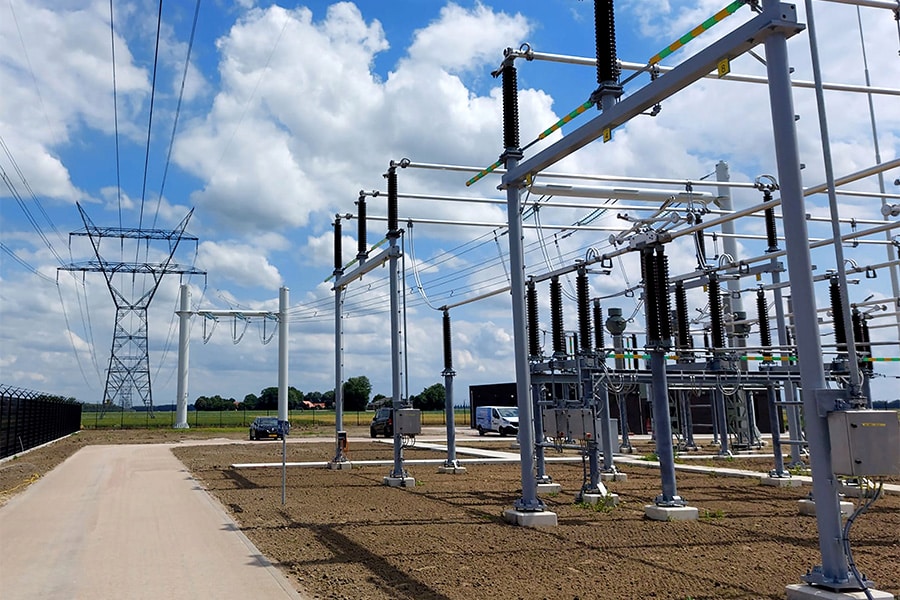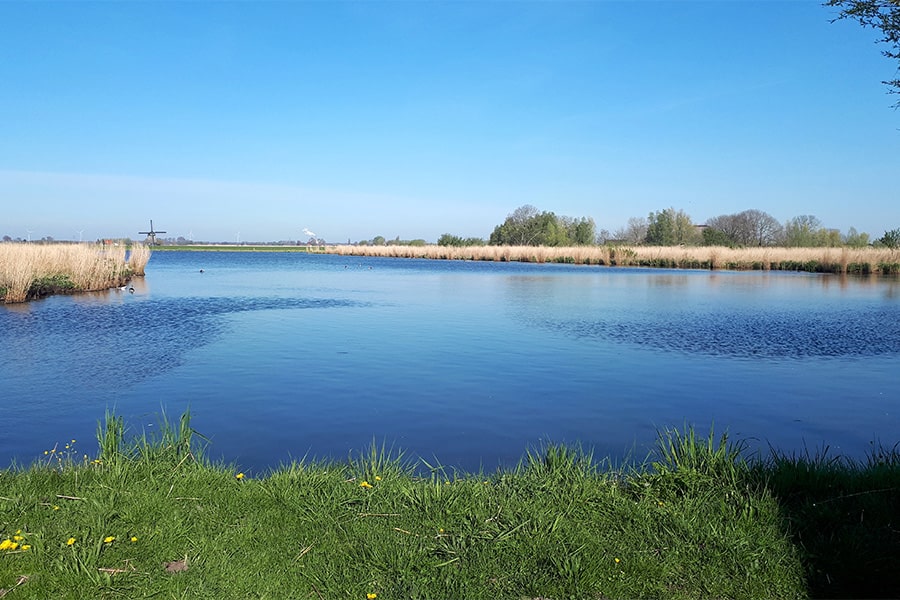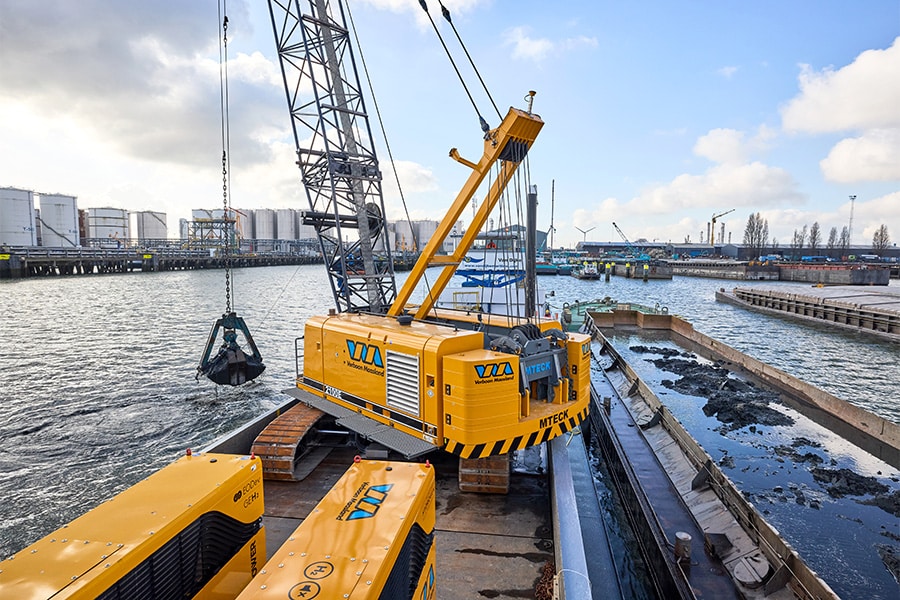
The power of the 'flat jack'
On the other hand, one can think of situations where there is insufficient space available to install traditional augers. In all these cases and in many more conceivable situations, the flat auger proves its added value. An interview with Jurgen Jochims, director of Tebecon | Freyssinet, about the power of the flat auger.
Augers can be used in various industries. From the (temporary) support of both building structures to jacking civil engineering structures. "In these situations, significant savings can often be achieved through the use of flat augers," states Jochims. "Flat augers are circular and have a very limited installation height (20 to 50 millimeters) that allows a relatively large jacking stroke to be achieved. The jacking capacity thereby ranges from 80 to 10,000 kN per jack with a stroke of 20 to 55 millimeters. Also, these augers can be stacked to increase the stroke. This small installation height combined with a relatively high jacking capacity makes the flat jack multifunctional."

Indispensable tool
"Especially in civil engineering, the flat auger is an underexplored technique," Jochims acknowledges. "Hydraulic augers are often resorted to. That makes jacking a specialized and expensive business. In many cases, flat augers offer a much more interesting alternative. You can integrate them in limited spaces due to the low installation height. The jacking has therefore developed into an indispensable tool for actively taking over loads in hard-to-reach locations. By pressurizing the jackhammer with water or grout, depending on the application (temporary or permanent), the jackhammer will expand and elevator the structure. In many cases, the auger remains in the structure, where it is injected with a cementitious mortar. A work of art in Leeuwarden was recently "repaired" in this way. The abutments had subsided slightly toward each other, resulting in the essential joint crossing being closed. With an auxiliary construction, some Freyssinet jacks were placed in the space under the joint and the settlement was 'lifted'. They are now a permanent part of the structure."
The Freyssinet flat auger is constructed of Corten steel so its life expectancy is equal to that of the environment. According to Jochims, the closed system is being used more and more. "For example, we are involved in the renovation of Paleis het Loo where we are transferring the hydraulic jacks to permanent flat jacks that remain in the structure. At the IJmuiden sea lock, flat augers in a diameter of 1,016 millimeters were used, the largest standard size auger. They are used to take over the load of the outrigger structure so that it can be removed in another phasing. This saves an awful lot of time. And so there are many conceivable applications in civil engineering."



